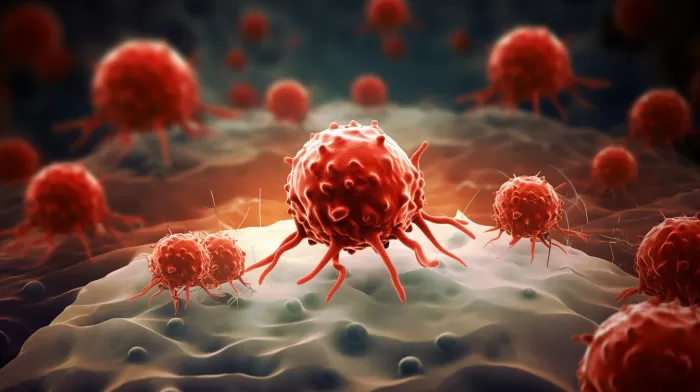By the time a man reaches 60 years old, it’s highly probable that he has at least a low level of prostate cancer. Although this may sound alarming, if men maintain a properly functioning immune system, prostate cancer remains at such a low level that it never becomes an issue. So, it’s crucial for men to understand how to recognize the signs of developing prostate problems.
The Alarming Truth about Prostate Cancer Frequency
The chances of a man being diagnosed with prostate cancer during his lifetime can be as high as one in five or one in six. This number is certainly concerning, but it doesn’t tell the full story. A recent autopsy study on the prevalence of prostate cancer reveals that this form of cancer can be present even in men as young as 20 years old.
Autopsy studies delve into the question: How often do people have a specific type of cancer that goes undiagnosed? Researchers from Wayne State University School of Medicine in Detroit discovered prostate cancer in young men during their study. They inspected the prostate glands of 1,056 men, ranging between 20 to 80 years old, who had not been diagnosed with prostate cancer before death.
The study found that 10 percent of 20-year-old men already had prostate cancer. This percentage increases with age – 31 percent in men in their 30s, 40 percent in their 40s, and 70 percent in 60-year-old men. While these numbers are alarming, they also provide some valuable insights.
Latent Cancer and the Importance of a Healthy Immune System
Experts are starting to realize that most people have cancer cells in their bodies. These are called latent cancers, which are contained by the immune system and never grow large enough to cause problems. This is why doctors rarely discover these cancers until an autopsy is performed.
Autopsy studies of women show that by the time they reach 40 years old, there is a 40 percent chance they have a latent form of breast cancer. While this may sound horrifying, the fact that latent cancers exist is actually reassuring. It displays the power of a healthy immune system in stopping cancer from developing.
The critical lesson to take from latent cancers is that by supporting a healthy immune system, it’s possible to drastically reduce one’s chances of dying from cancer.
Problems with the PSA Test
Doctors typically recommend annual PSA tests and digital rectal exams for detecting prostate cancer. However, the autopsy study questioned the accuracy of these tests, as all the men in the study had a normal result on both tests.
A separate study published by the New England Journal of Medicine in 2004 showed that of nearly 3,000 men with normal PSA readings, 449 men (1 in 7) actually had cancer.
PSA Velocity Testing
A more accurate method of detecting prostate cancer in its earliest stages is the PSA velocity test. This test measures how much a man’s PSA test values increase in one year.
A slight rise in PSA is expected with age due to age-related increase in prostate size. However, if the PSA velocity is minimal, the odds are that if latent cancer exists, the immune system is still keeping it in check.
A PSA velocity of 0.15 or greater over three consecutive years indicates that a latent cancer is likely developing into a full-blown low-grade cancer. A faster PSA velocity is even more concerning, suggesting that latent cancer is becoming a high-grade cancer rapidly.
Natural Therapies
An elevated PSA velocity does not immediately call for surgical interventions, radiation, or even a biopsy in early stages. In most instances, this elevated value likely represents a latent cancer rather than an immediately dangerous situation.
In the early stages, men typically respond to natural therapies, including exercise, dietary changes, supplements, stress management, and more. In most cases, these lifestyle changes are sufficient in halting the increase in PSA and, in many cases, reversing the disease.
Determining Your PSA Velocity
All men should have a PSA test on their 40th birthday, with the value being less than 0.6 ng/ml for a 40-year-old man. If it’s higher than this, a natural therapy program should be initiated.
Keep a record of test scores, and use a calculator to determine PSA velocity. If the PSA velocity is less than 0.03, it’s a good sign. However, if it’s greater than 0.15, it’s time to take action for the prostate’s health.



